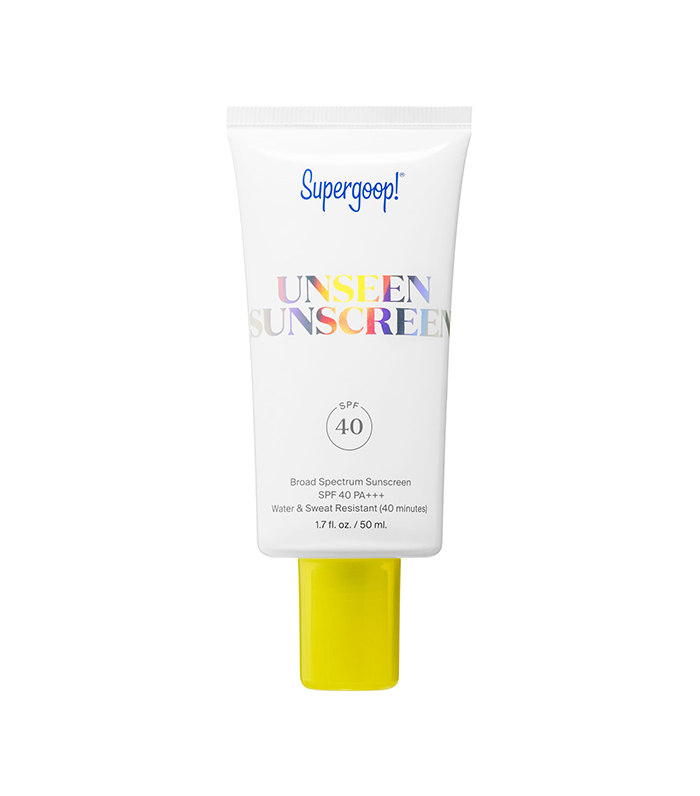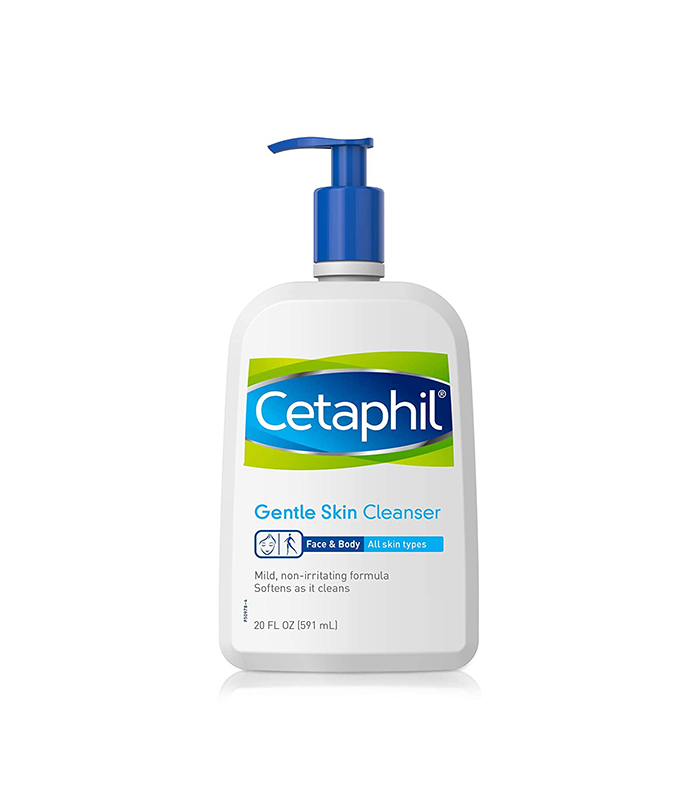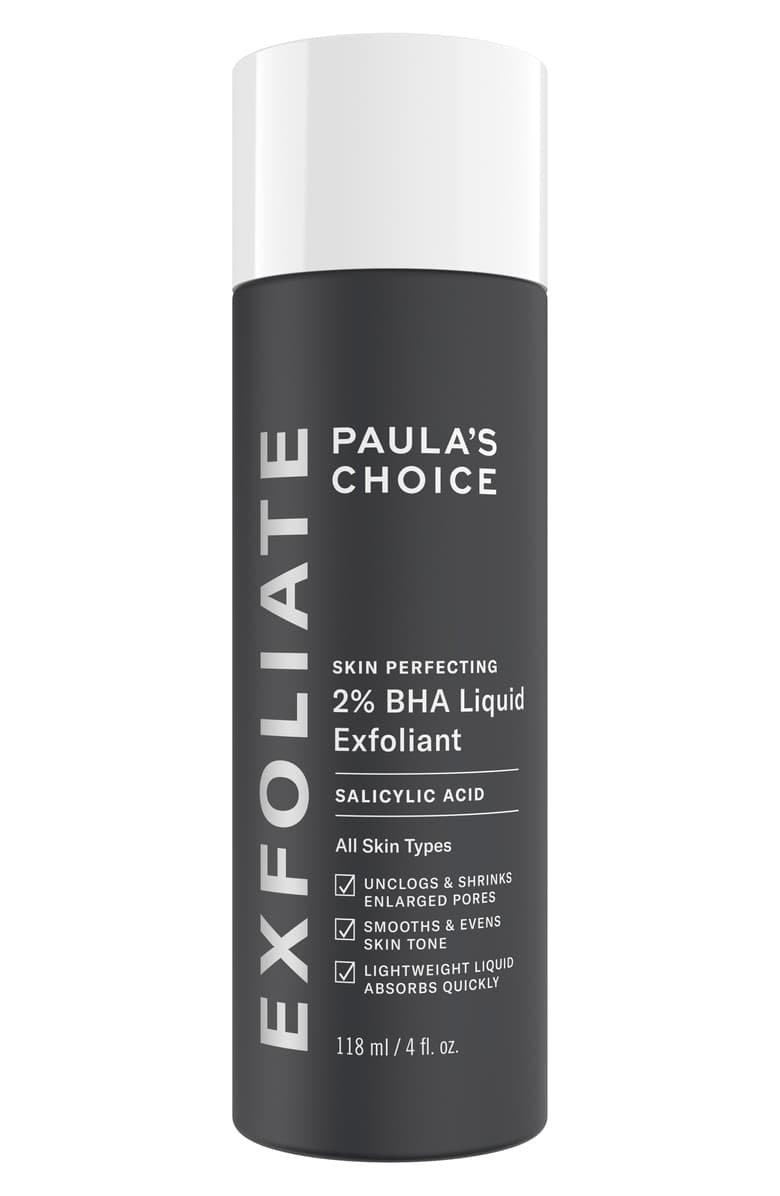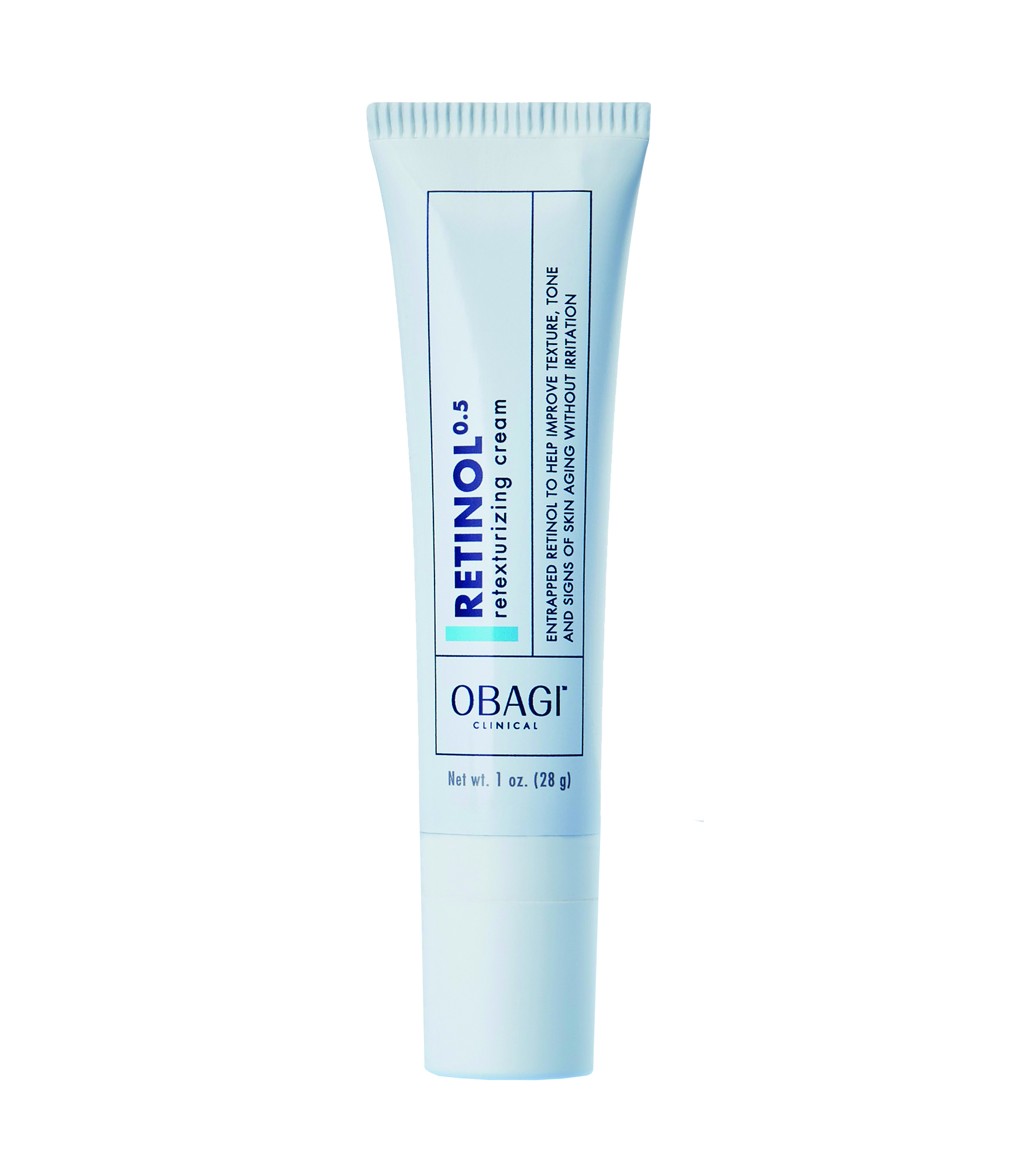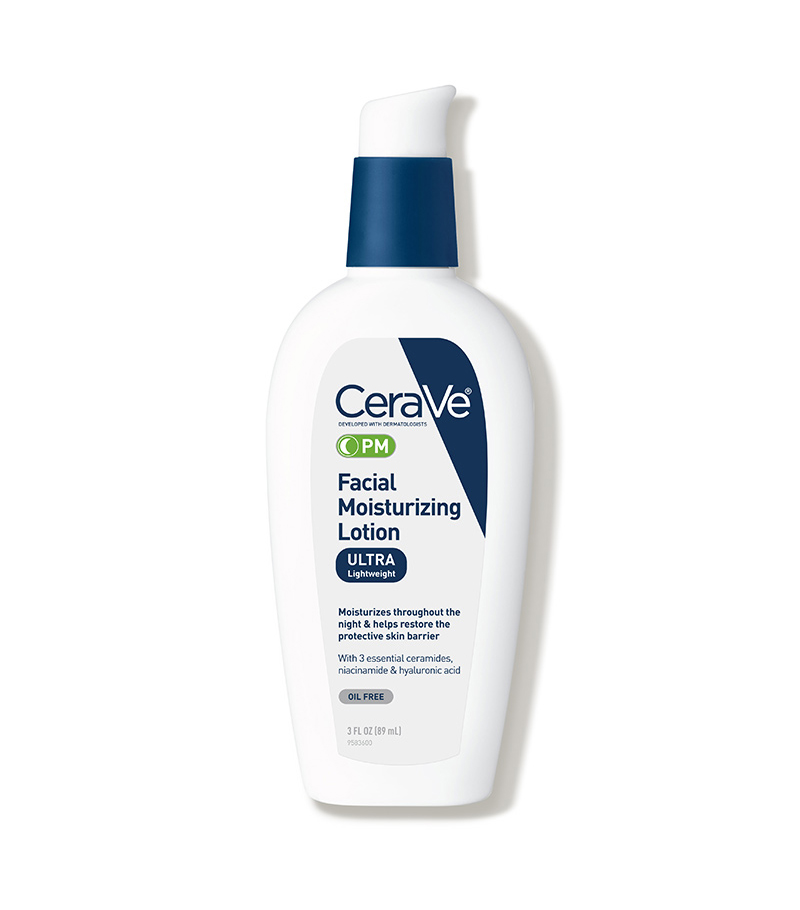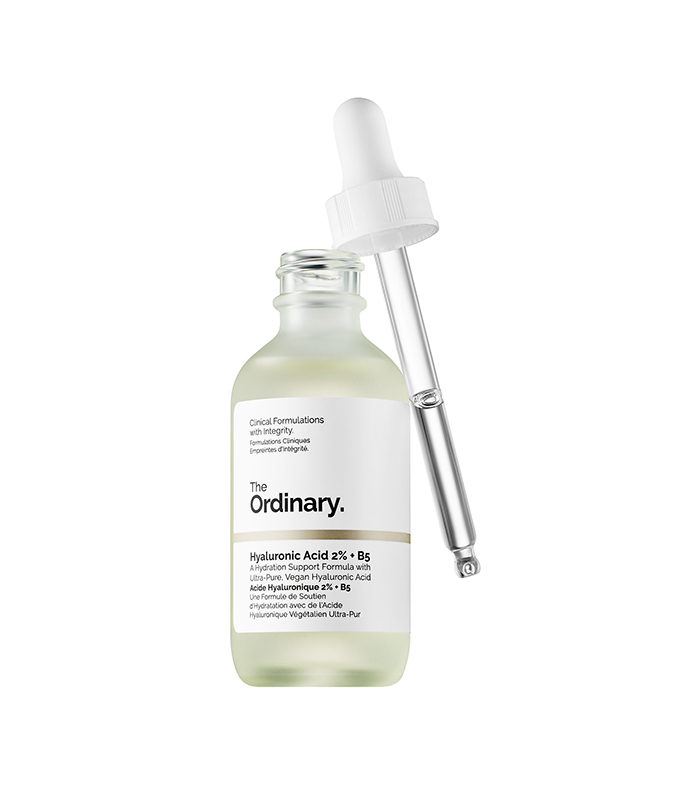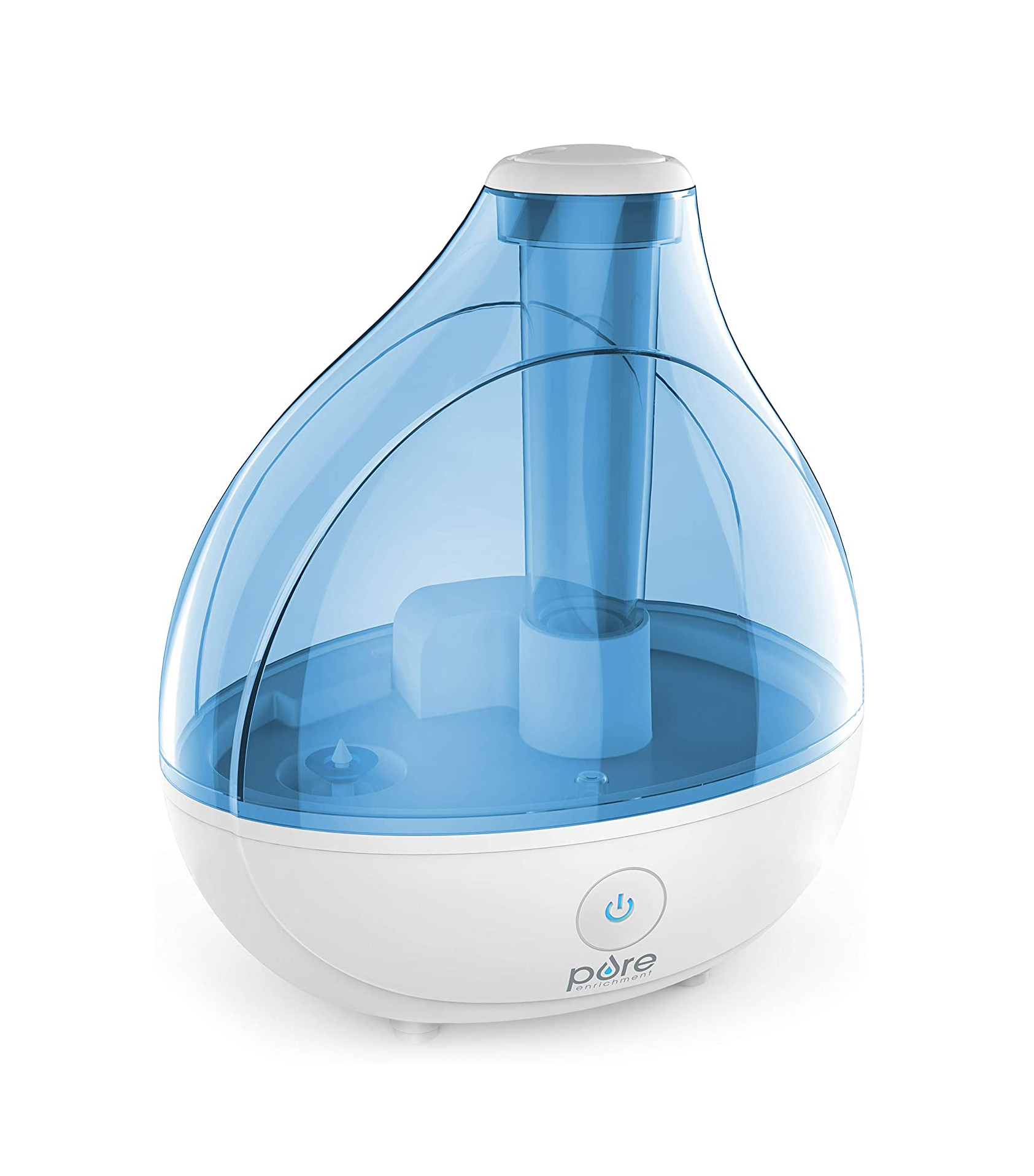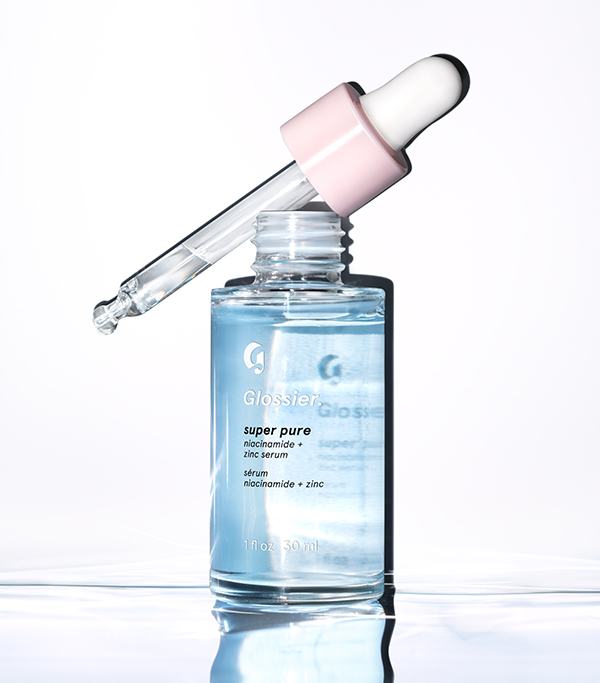The Secret to Avoiding Dull, Tired Skin Is Simpler Than You Think
When it comes to skincare, I think most of us have the same end goal here: healthy, glowy, and radiant skin. So when your skin looks dull, tired, and flat, it can be pretty frustrating.
"Dull skin is skin that lacks radiance or luminosity," explains board-certified dermatologist Joyce Imahiyerobo-Ip, MD, FAAD, owner of Vibrant Dermatology and SkinBar MD. "There are many factors that contribute to dull skin. A major contributor is poor cell turnover, which worsens with age. As we age, our skin cells produce less oil and don't retain as much moisture. This results in an accumulation of dead skin cells, which makes your skin look dull. Even youthful skin can appear dull if it's dehydrated and not properly moisturized. Ironically, dull skin can also occur if your skin is overexfoliated or if you use products that strip the skin of its natural oils."
But there are some ways you can turn dull skin around, and they might not require any fancy treatments. The reason why you have dull skin will determine how you treat it, but it could be as simple as making a lifestyle change or adding certain products to your skincare lineup. Basically, with a few changes, you'll be on your way to that glow.
What Causes Dull Skin?
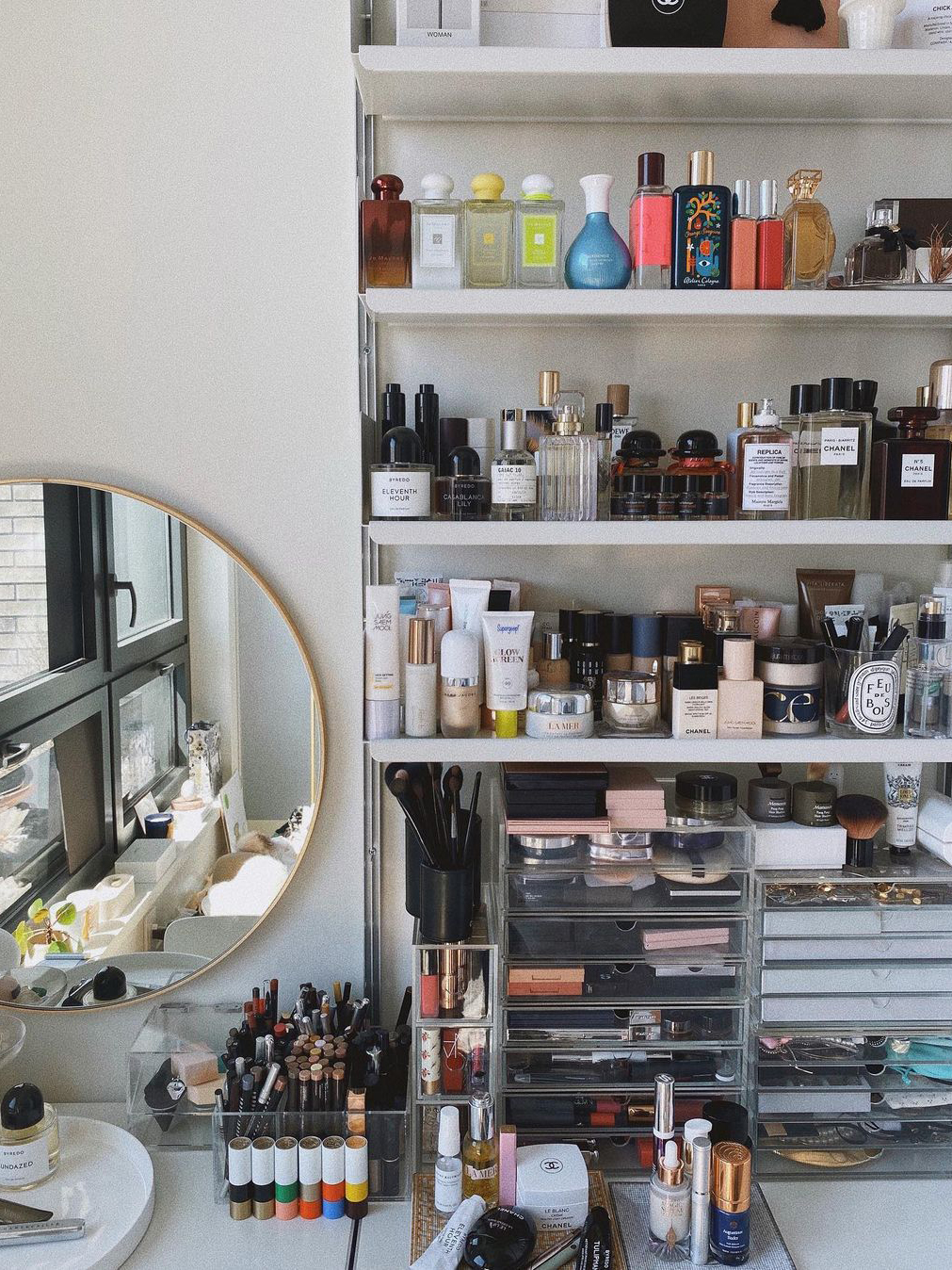
Before you set out to treat your dull skin, you're going to want to figure out why you have it. Some cases are easier and quicker to treat than others. Here are some common causes:
Buildup of dead skin cells: These can accumulate and give the skin a dull appearance if not removed regularly, says board-certified dermatologist Oma Agbai, MD, FAAD, assistant clinical professor and director of Multicultural Dermatology at UC Davis School of Medicine.
Dry skin: Agbai says this tends to worsen during the fall and winter months when the air is drier.
The skin barrier or outermost layer is damaged: "When the skin barrier is healthy, it blocks the penetration of pollutants and chemicals, but when the skin gets dry, it can damage the skin barrier, leading to inflammation and small breaks in the skin," explains Robyn Gmyrek, MD, a board-certified dermatologist at Park View Laser Dermatology. "The skin may appear dull, dry, red, or blotchy. In addition, in order for the skin to stay hydrated, the skin barrier must be healthy. Otherwise, we get what is known scientifically as transepidermal water loss."
Sun damage: "Ultraviolet-induced skin changes from the sun can cause premature wrinkling due to the breakdown of skin collagen and solar elastosis, which can lead to dull-appearing skin," Agbai adds. "Furthermore, excessive UV exposure and hormonal influences can cause diffuse hyperpigmentation of the face called melasma."
Air pollution: "Air pollution can contribute to dull-appearing skin and premature signs of aging," Agbai explains. "One research study performed in China found that long-term exposure to air pollution in an urban environment can worsen the appearance of skin aging. This can be due to the production of free radicals in the skin due to prolonged exposure to air pollutants."
Loss of collagen and elastic tissue: "With age, sun damage, and pollutant damage from our environment and smoking, we lose collagen (which makes up 75 to 80% of our skin) and elastic tissue," Gmyrek says. "As we lose these proteins, which give our skin structure, the skin becomes thinner with an irregular, not smooth texture and has less fullness, making it appear dull. Also, as fine lines and wrinkles occur on the skin, light is no longer reflected off of a smooth skin surface. Light reflected off of an irregular surface, such as wrinkled skin, is diffused, and the surface appears matte and dull."
Physical stressors: Poor sleep, dehydration, psychological stress, and excessive alcohol consumption are also factors.
How to Treat Dull Skin
Don't Forget to Cleanse Skin
This might be the easiest step to start with, and it can help with the effects of air pollution. Imahiyerobo-Ip recommends using a gentle cleanser twice a day, one that can remove debris but isn't super drying.
Exfoliate
"A healthy balance of exfoliation and hydration is the key to obtaining glowing skin," explains board-certified dermatologist Elyse Love, MD, FAAD. "Exfoliation is helpful to prevent buildup of whiteheads and blackheads, but too aggressive or too frequent exfoliation can cause irritation and dryness, so balance is key. Hydration allows the skin to feel and look plump and bouncy."
Apply Retinol
Love says a nightly retinol or retinoid followed by a moisturizer may help you get glowing skin. If you have sensitive skin, she recommends starting this product and other exfoliating products slowly and/or testing products on the side of the face first to deal with irritation.
Gmyrek adds that along with retinols and retinoids, peptides, vitamin C, and alpha hydroxy acid products can stimulate collagen and elastic tissue.
Moisturize
"To promote skin hydration, using moisturizing creams containing ingredients such as dimethicone, ceramides, and hyaluronic acid can give the skin a hydrated and refreshed feel," Agbai says. "A pro tip is to apply moisturizer to your skin when it is damp, which can help to seal in moisture."
Ceramides, niacinamide (vitamin B3), and colloidal oatmeal can help repair the skin barrier. Shea butter and oils like argan can help, too, Gmyrek adds.
Try a Serum
Along with cleansing and moisturizing, Imahiyerobo-Ip says you can consider a hydrating hyaluronic acid–based serum—particularly if you are over the age of 30—to help you attract and trap moisture on your skin.
Avoid Things That Can Dry Your Skin Out
"Avoid drying skin products with alcohols, avoid hot showers or overwashing your face, and keep your environment humid with a humidifier," Gmyrek says.
Target Redness or Pigmentation
Gmyrek says if you are experiencing redness, look for products with niacinamide. For brown pigmentation, she recommends ingredients like vitamin C, hydroquinone, kojic acid, tranexamic acid, and niacinamide.
Look Into In-Office Treatments
If your dull skin is caused by a loss of collagen and elastic tissue, you might need laser or micro-needle radiofrequency treatments, Gmyrek says. And if it's caused by a loss of skin support due to fat and bone changes, fillers or surgery can be options.
A Few Things to Note About Skin Type and Other Concerns
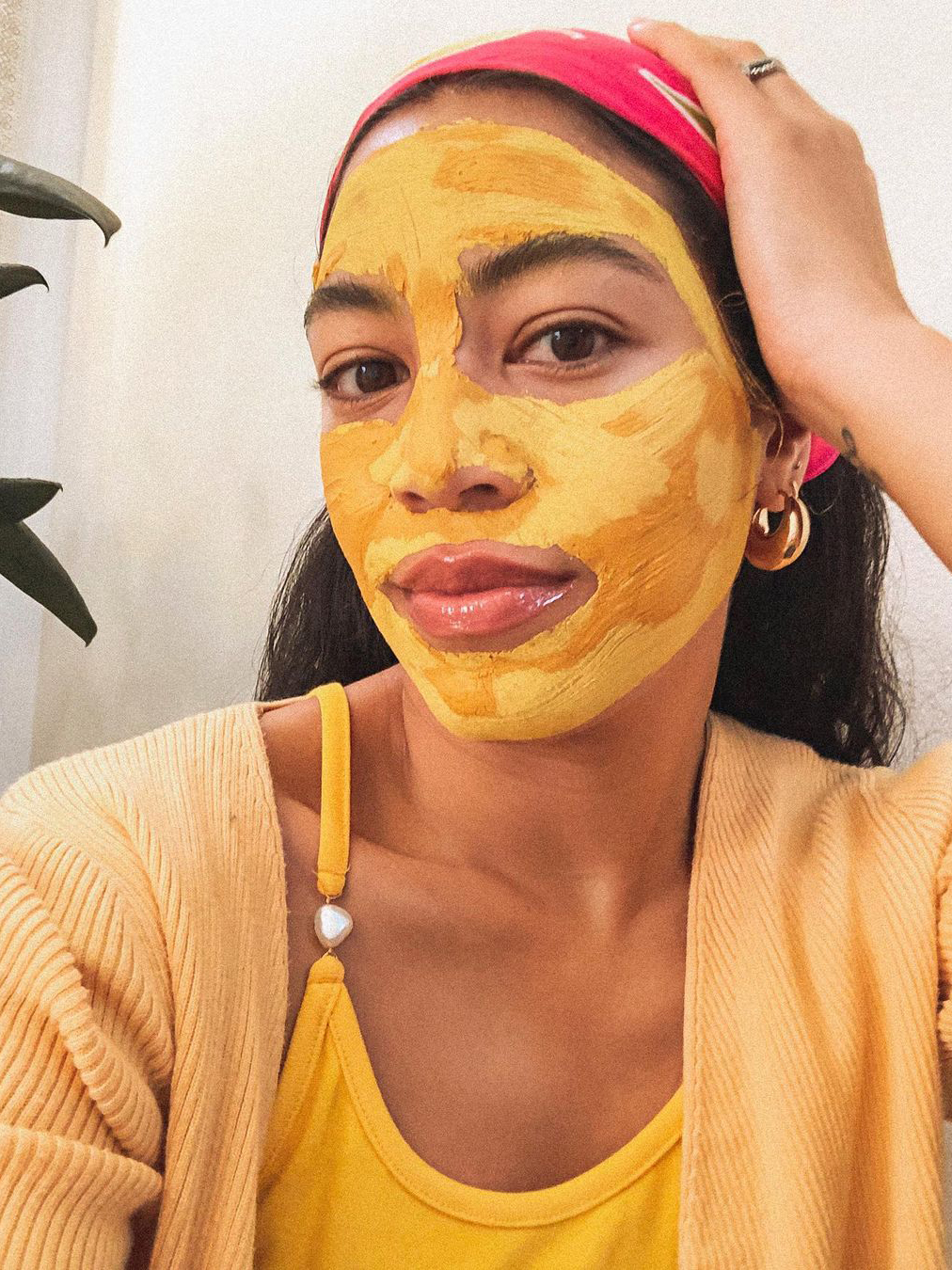
When treating dull skin, there are some things you should keep in mind if you have certain skin conditions, types, or concerns. Here are a couple of watch-outs:
If you have dry skin: Be careful when using retinoids, as they can worsen dryness. Start slow with application, progressing from a few nights a week to nightly application if it's not irritating.
If you have darker skin: "When it comes to over-the-counter products for facial rejuvenation, people with darker skin should be careful with topical retinoids, which may cause hyperpigmentation if used too often," Agbai says. In some cases, an in-office chemical peel that is noninflammatory might be your better option since it's less likely to cause hyperpigmentation. If you have fair skin, you might need a chemical peel that penetrates deeper. She recommends speaking with your dermatologist about specific options for your skin type.
If you have sensitive skin: "People with sensitive skin can exfoliate, and they can use acids and retinoids or retinols. But they should choose formulations specific for sensitive skin, and they should start very slowly with any new products," Gmyrek says. "In addition, I recommend that all my patients, but especially those with sensitive skin, begin only one new product at a time to be sure they are tolerating it before they add another."
Dermatologist-Recommended Products to Treat Dull Skin
Cleansers
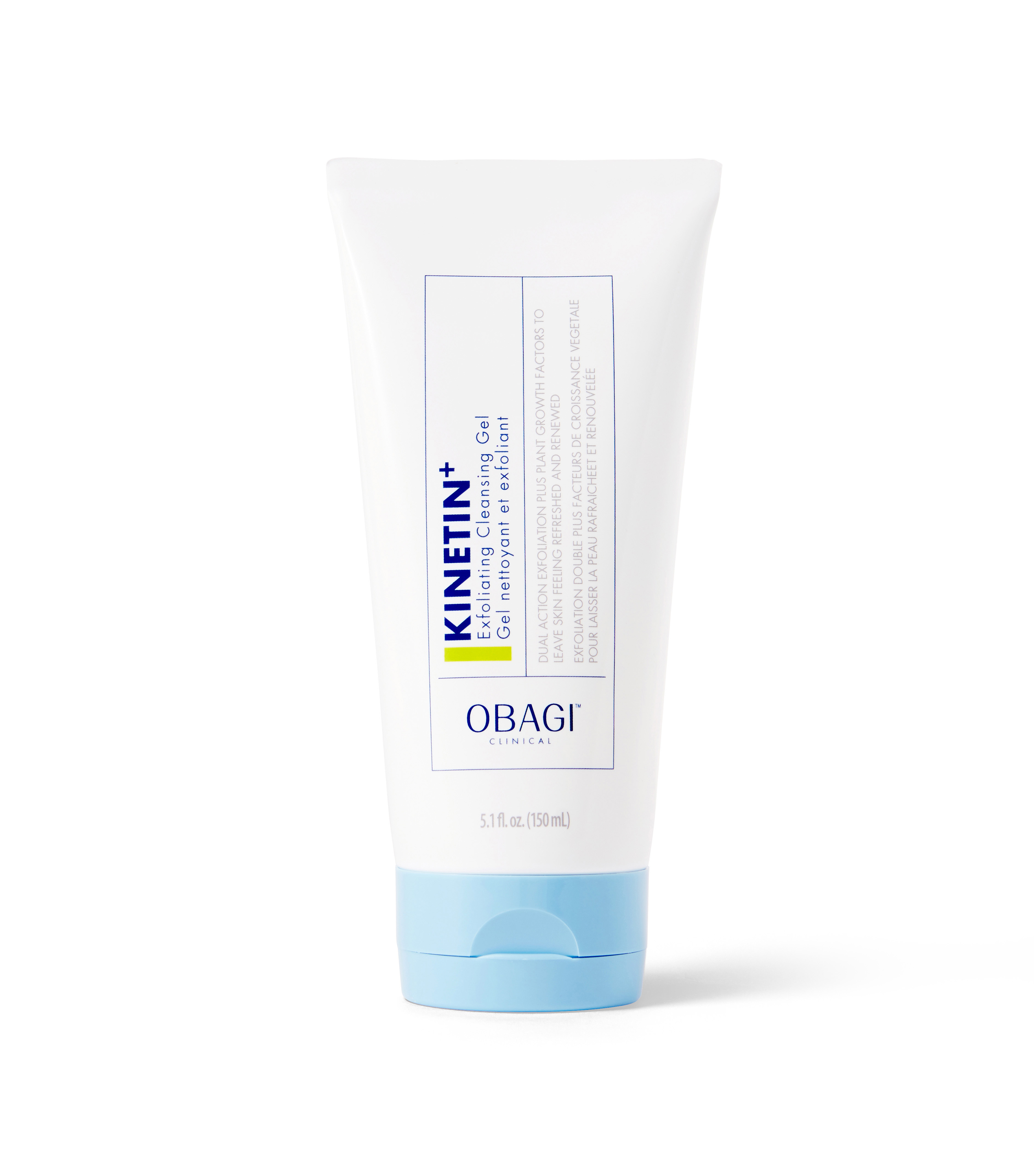
"This is my favorite exfoliating cleanser right now," Love says. "It has gentle physical beads and a light papaya-derived chemical exfoliator. It provides gentle exfoliation without drying the skin out."
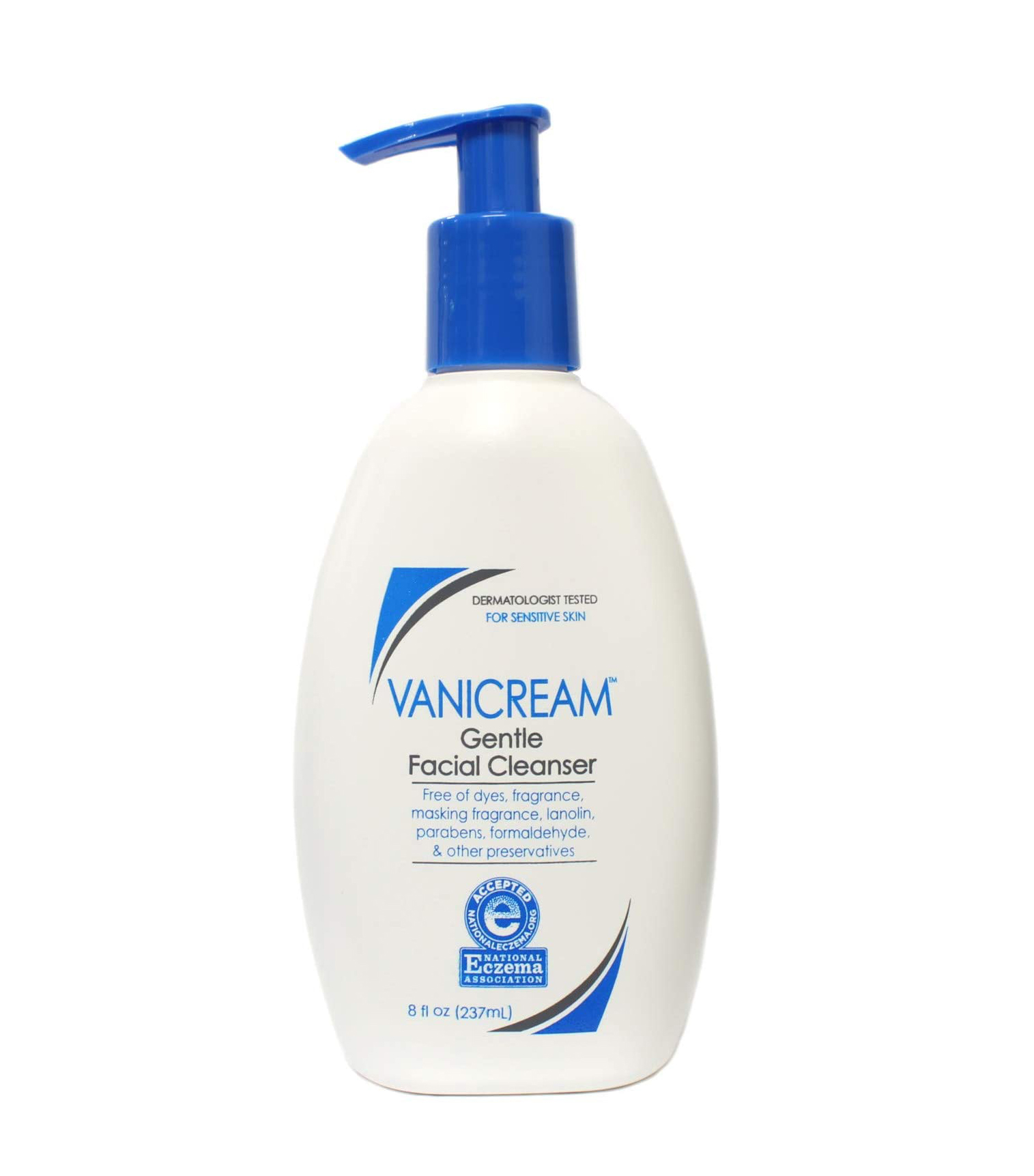
This is Imahiyerobo-Ip's favorite gentle facial cleanser because it leaves a clean feeling but doesn't strip the skin.
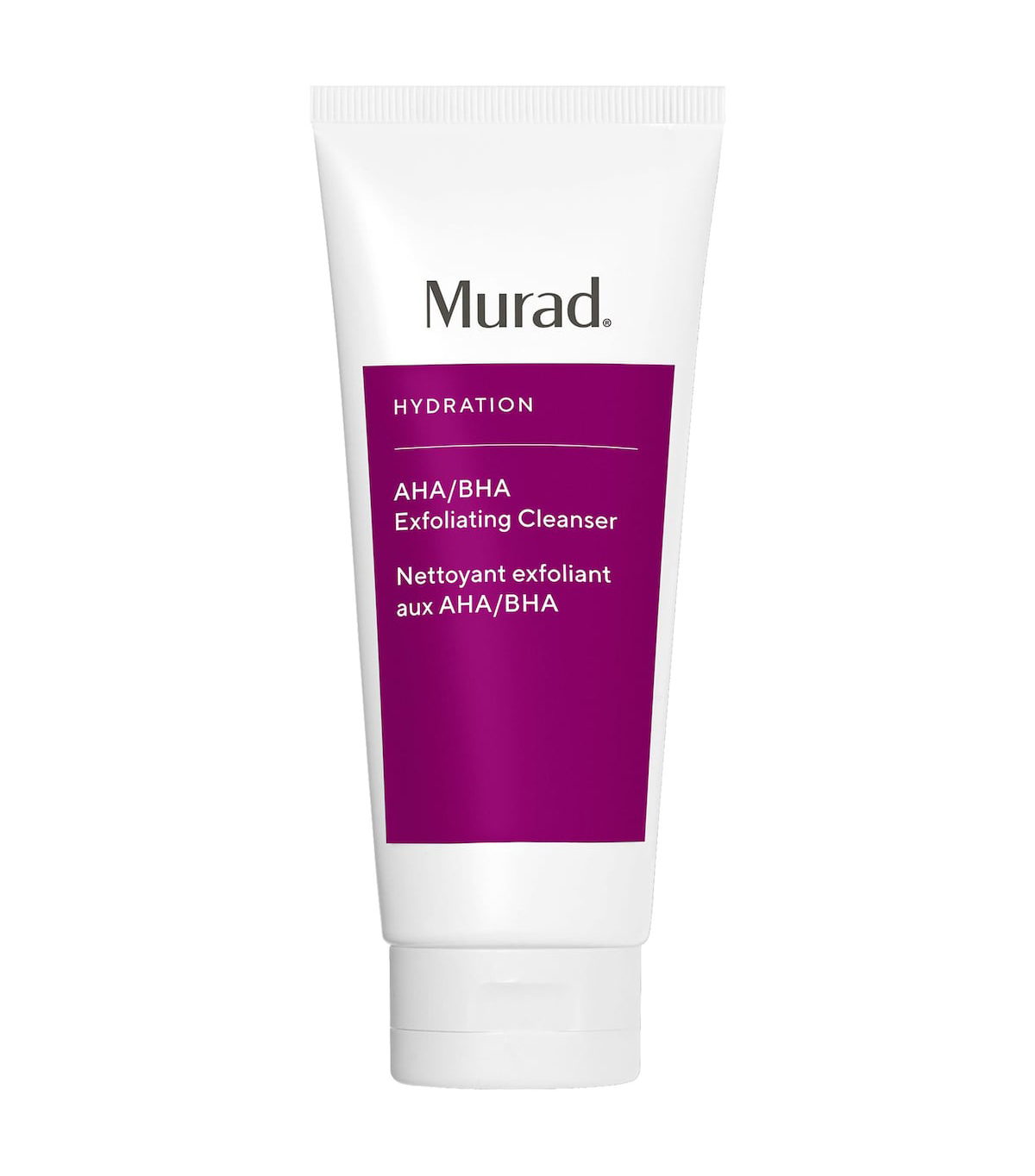
"It uses alpha and beta hydroxy acids to chemically dissolve and exfoliate the dull skin as well as jojoba beads to manually/physically loosen and remove dead skin cells," Gmyrek says.
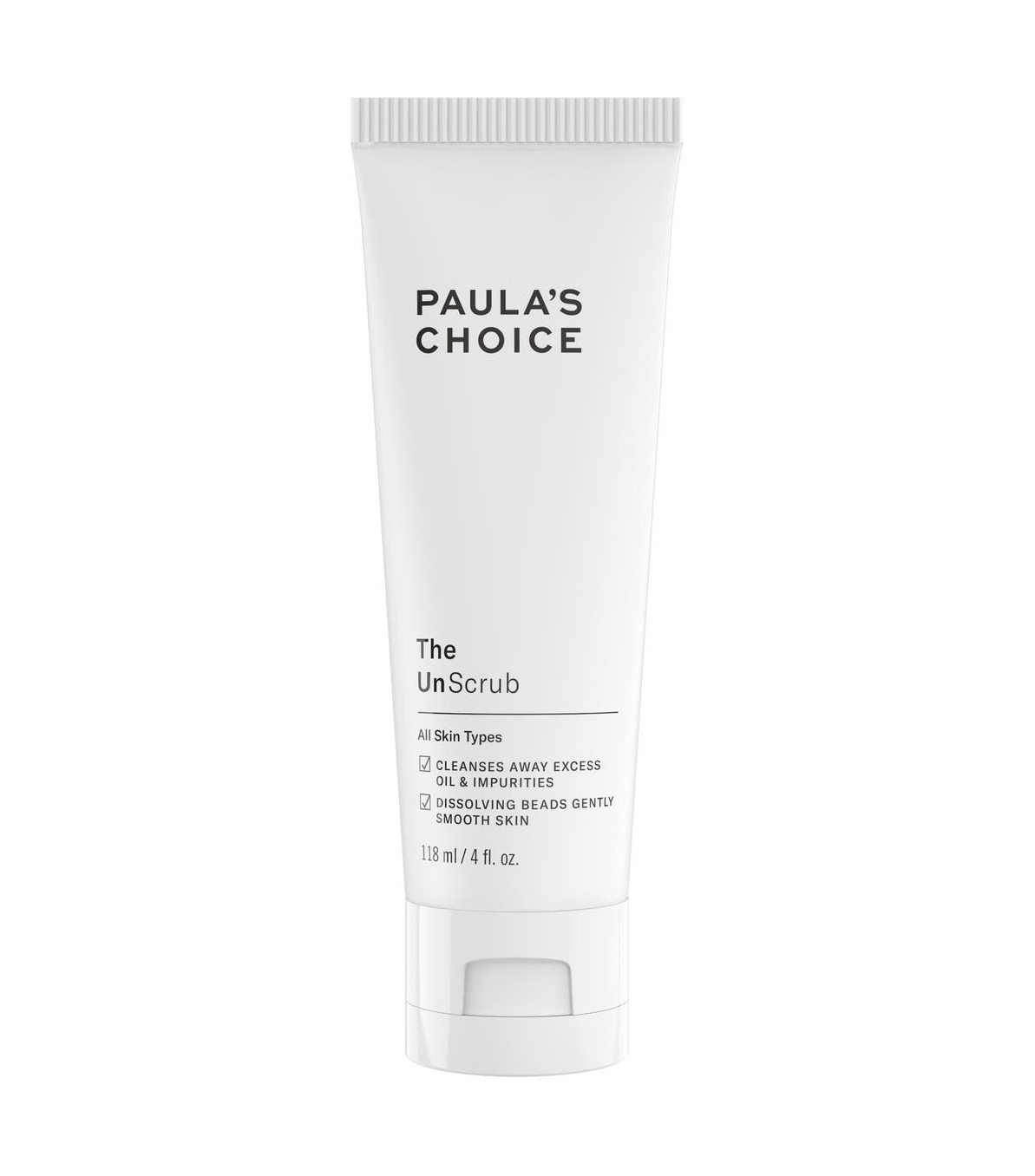
This cleanser-exfoliator pick from Gmyrek works for sensitive skin. She says it doesn't use chemical exfoliants but instead employs jojoba beads for gentle manual exfoliation. It also contains glycerin to hydrate without clogging pores.
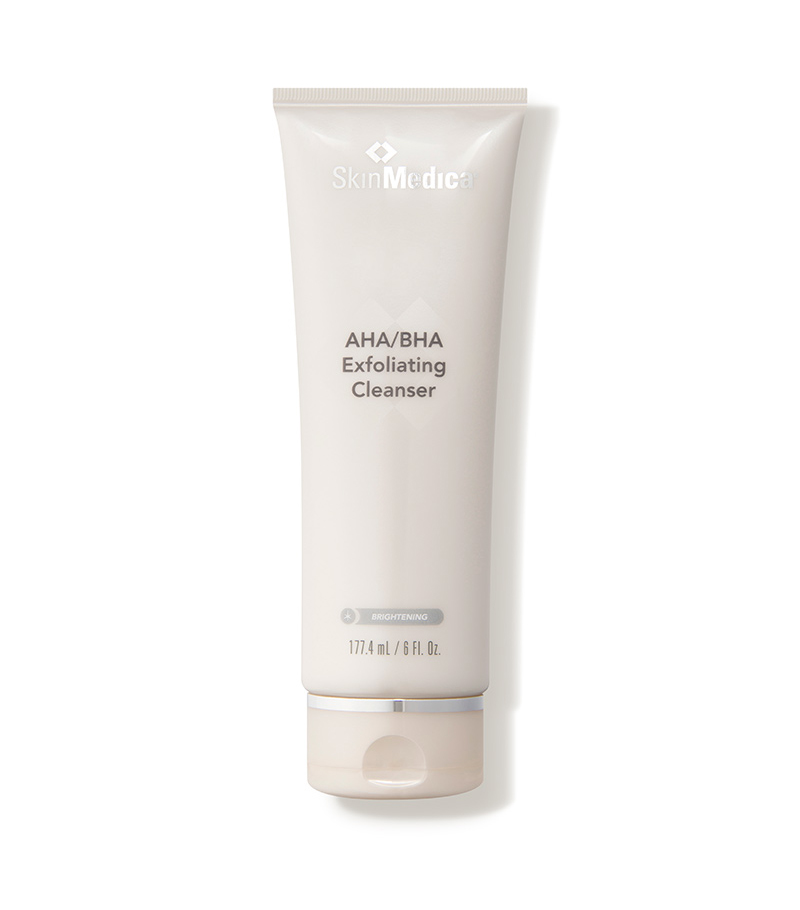
"This is my choice for those with oily skin," Gmyrek says. "Also a combination of chemical and physical exfoliation, it contains lactic, glycolic, citric, and malic acids (all alpha hydroxy acids) as well as salicylic acid (a beta hydroxy acid) and jojoba beads to exfoliate the skin."
Retinols, Retinoids, and Exfoliants
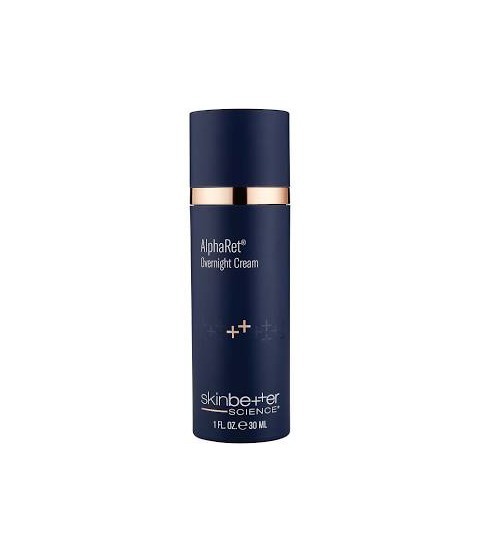
Both Imahiyerobo-Ip and Gmyrek recommend this AHA and retinoid combo. It works to exfoliate and stimulate new collagen production. "I especially like this product because it can deliver the vitamin A (retinoid) without irritation," Gmyrek adds. "It also contains antioxidants like ubiquinone and tocopherol (vitamin E). Niacinamide helps with unwanted pigmentation and, along with ceramide, aids in skin barrier repair. And finally, glycerin, hyaluronic acid, dimethicone, and shea butter help to hydrate skin."
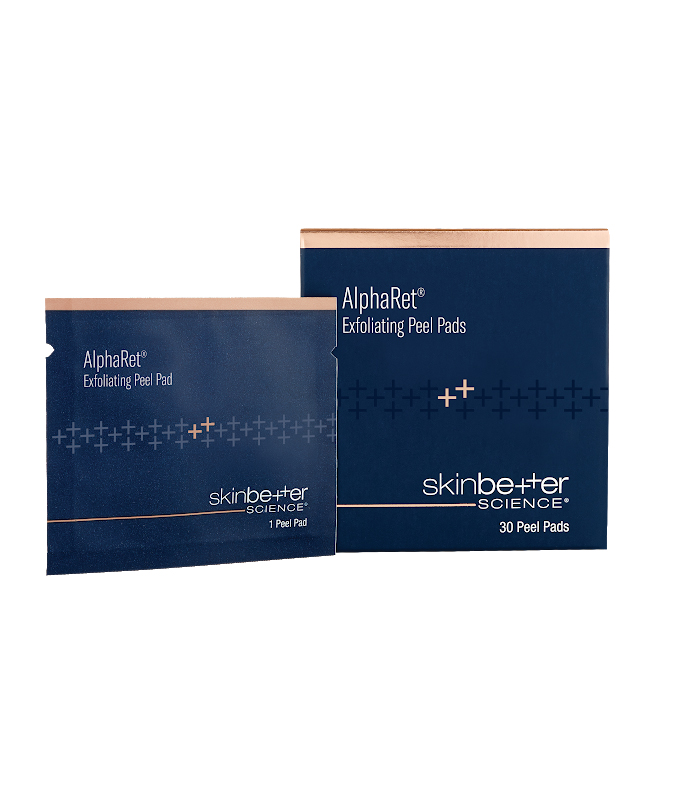
These pads contain retinol and glycolic, lactic, and salicylic acids to exfoliate and stimulate new collagen and elastic tissue. Gmyrek says you can add these to your routine one to three times per week as tolerated.
Moisturizers
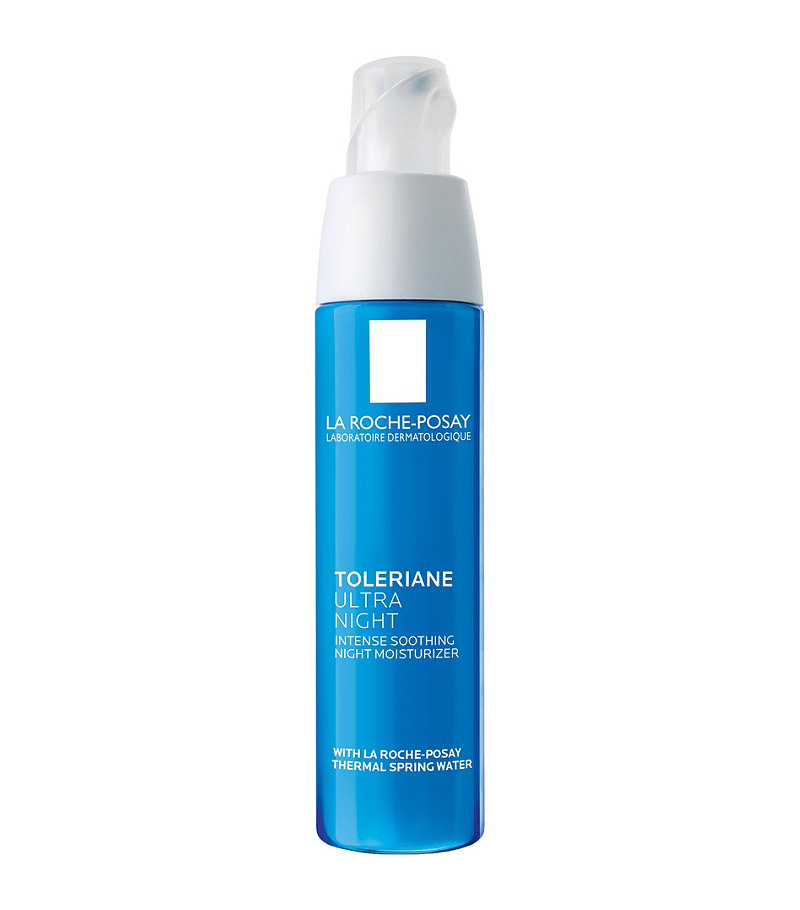
Gmyrek likes this nighttime moisturizer, which contains shea butter, glycerin, squalane, and dimethicone to hydrate and citric acid to exfoliate. It's safe for sensitive skin types, too.
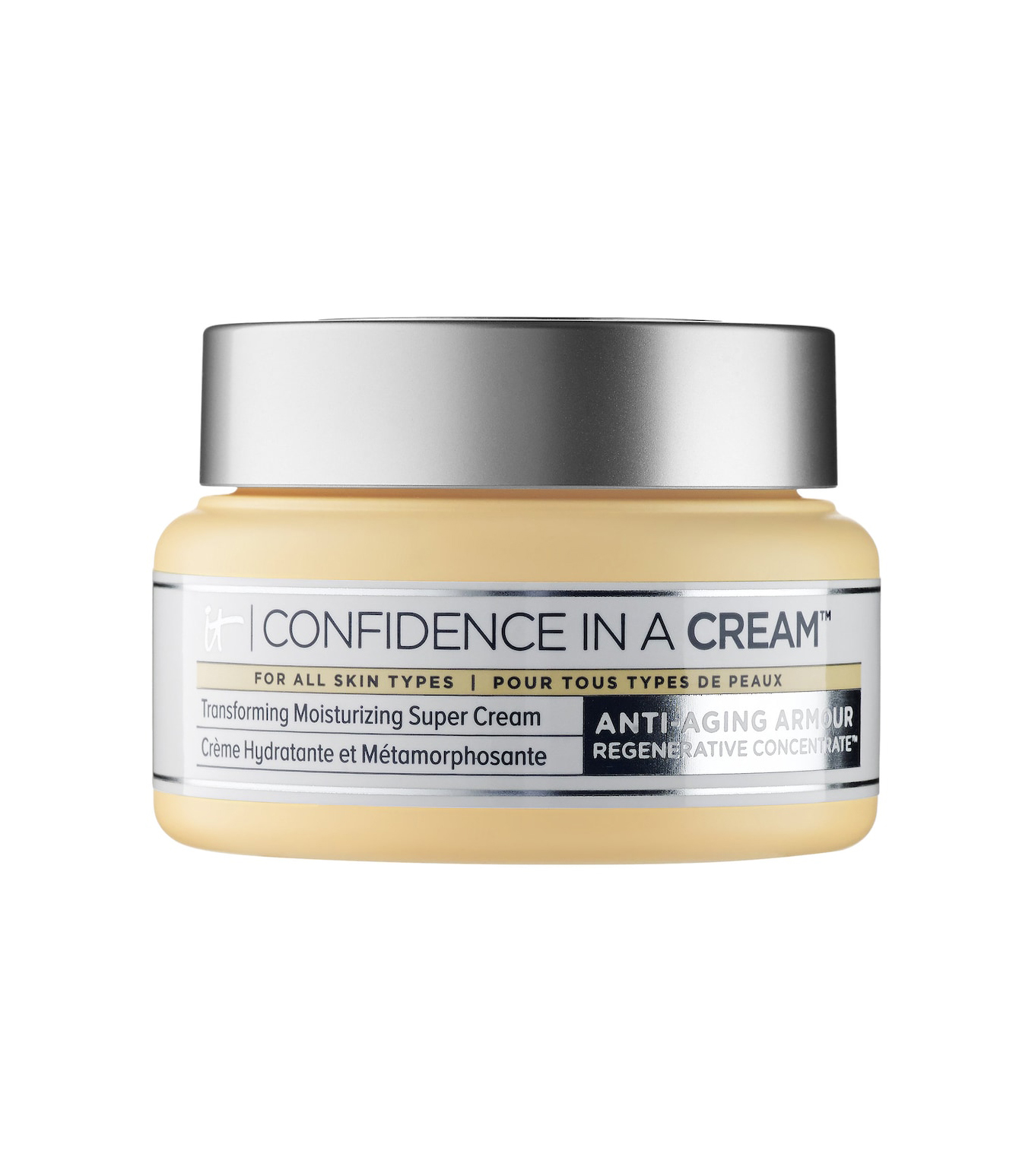
"It has a great, silky feel, but it's not greasy," Gmyrek says. "It contains ceramides for a healthy skin barrier, shea butter and hyaluronic acid to moisturize, peptides to stimulate new collagen and elastic tissue, and vitamin E to work as an antioxidant."
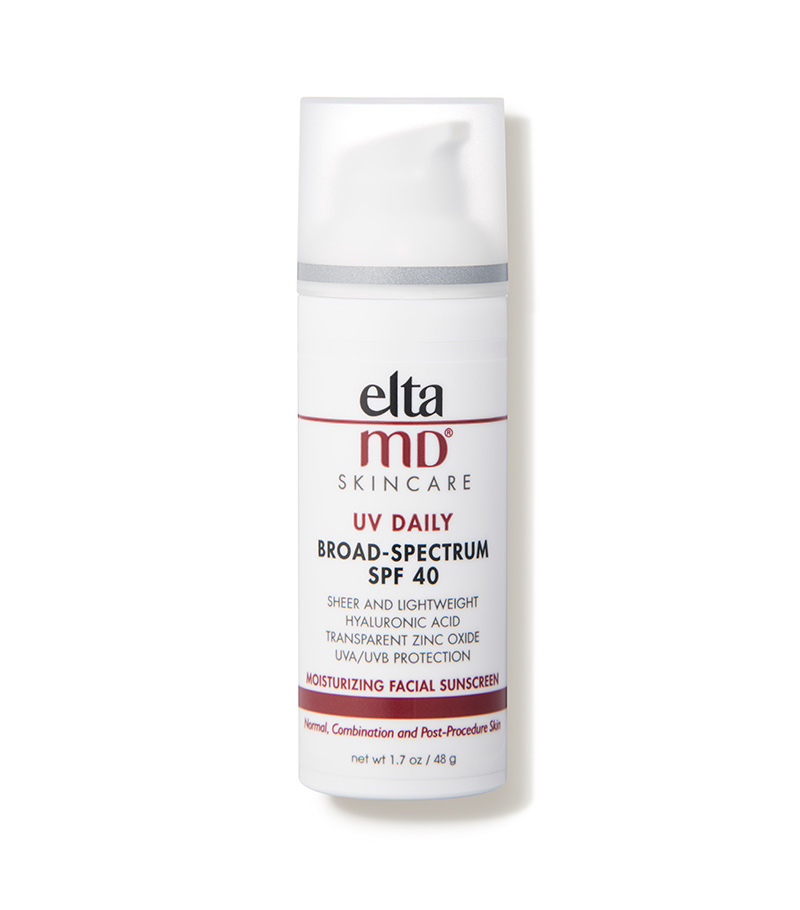
For SPF protection, this moisturizer is a good option with UVA and UVB protection. "It also contains vitamin E as an antioxidant, alpha hydroxy acids for exfoliation and collagen stimulation, as well as hyaluronic acid and dimethicone to moisturize. It's my go-to a.m. moisturizer recommendation," Gmyrek says.
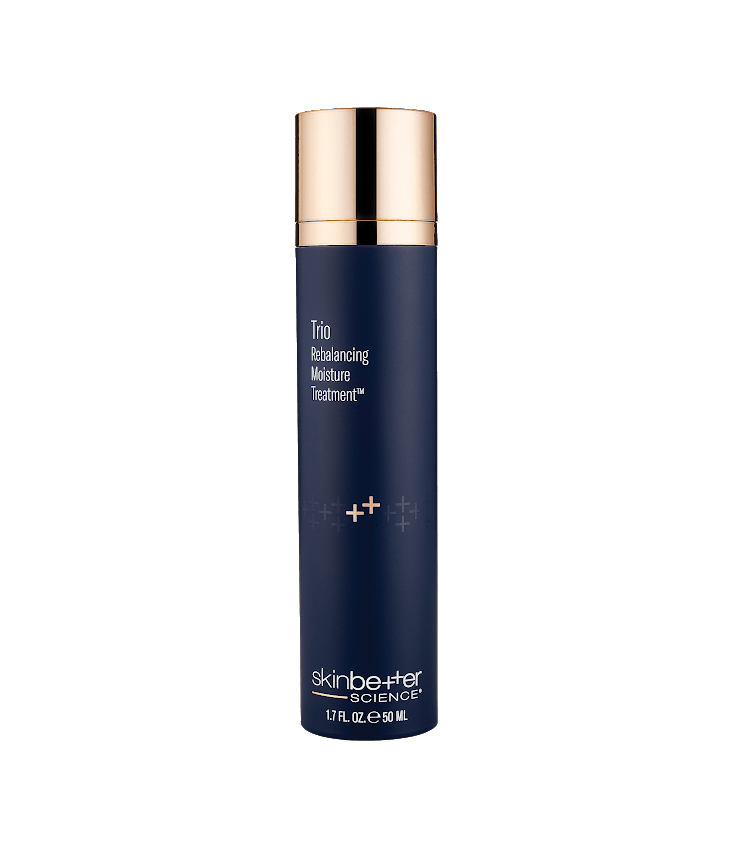
Gmyrek says this product is lightweight yet super moisturizing. Ceramides help the skin barrier; glycerin, lactic acid, and dimethicone hydrate; and urea and citric, phytic, and salicylic acids exfoliate.
Serums
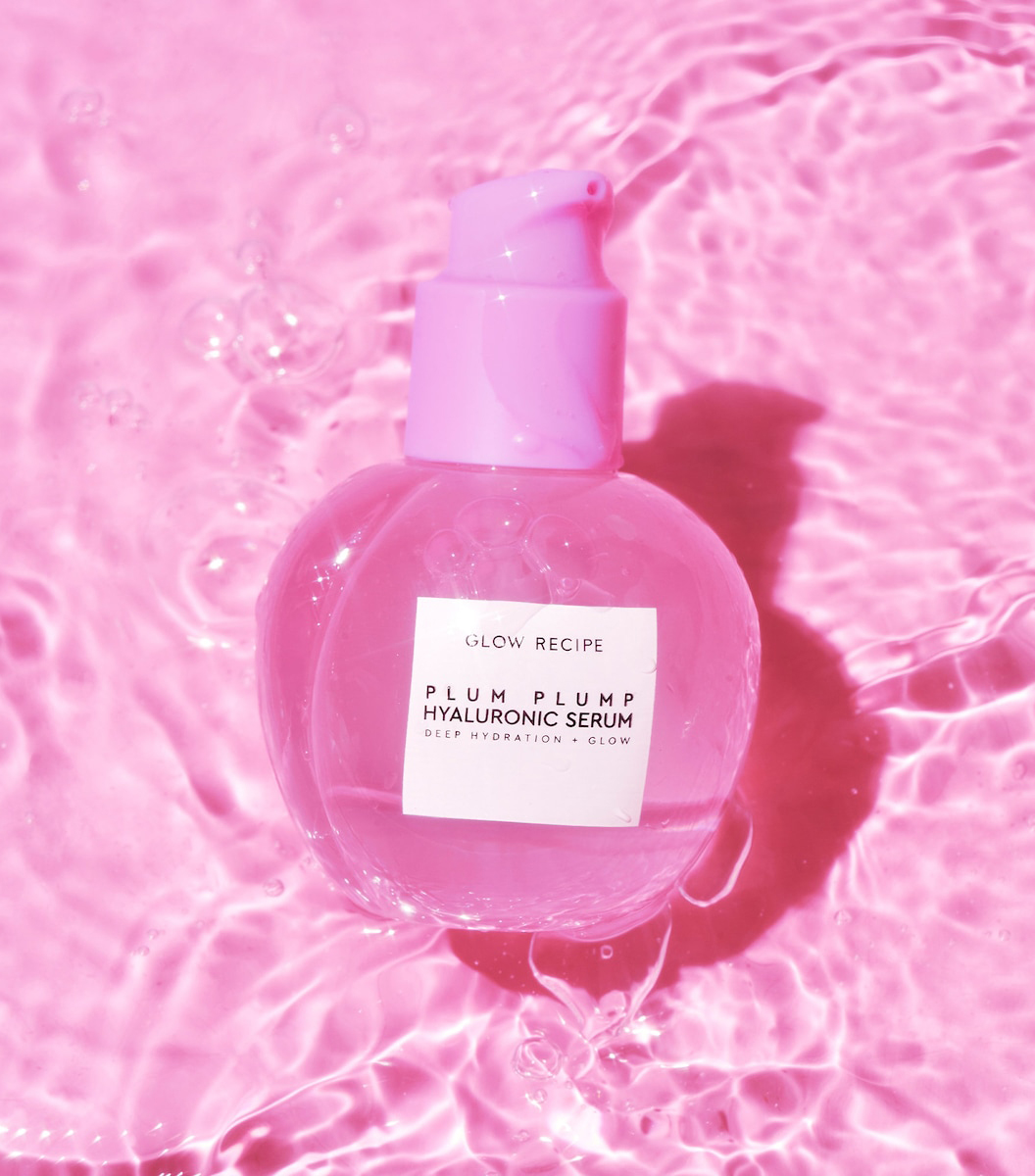
"Hyaluronic acid is a product that absorbs moisture," Love explains. "They can help the skin better hold on to moisture delivered by a moisturizer. This product is derived with multiple weights of hyaluronic acid to allow for a deeper plumping effect and a surface hydration effect."
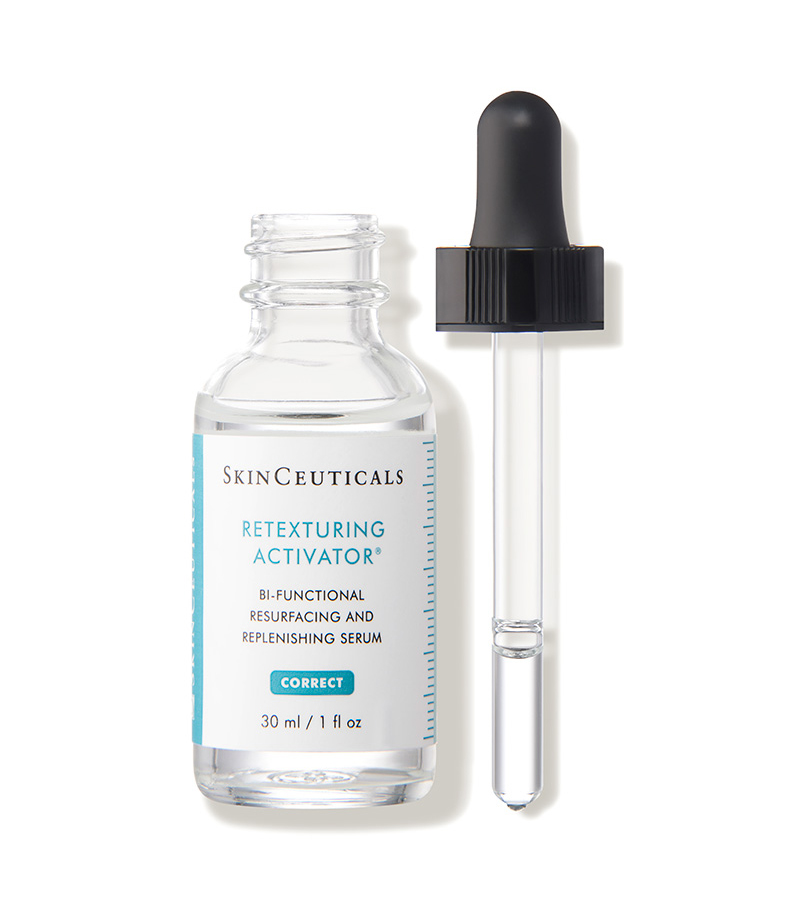
This serum pick from Gmyrek contains hydroxyethyl urea, which acts as an exfoliant, and humectant, which draws moisture into the skin. It also contains glycerin and sodium hyaluronate.
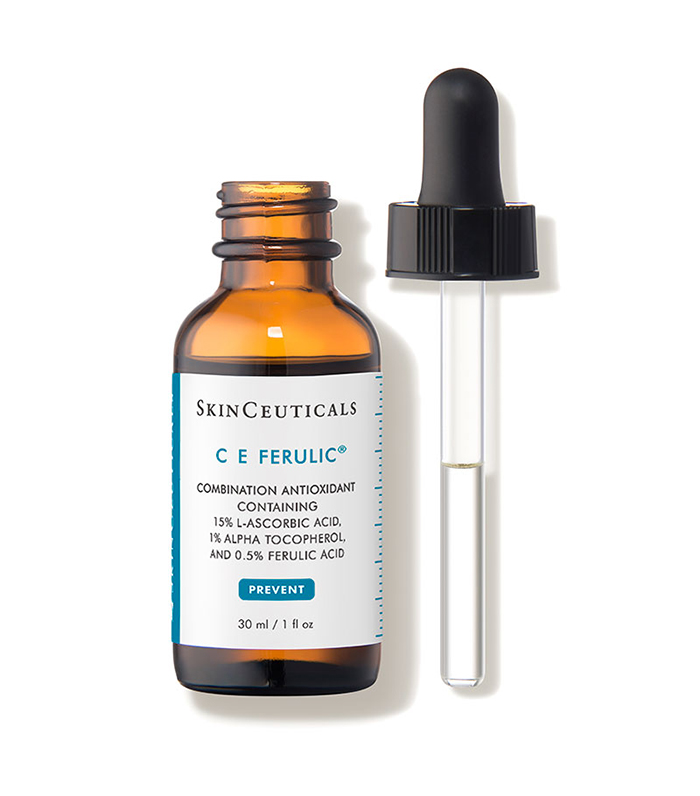
I'm obsessed with C E Ferulic because it always leaves my skin absolutely glowing. Gmyrek says it's one of her recommendations, too. It contains 15% vitamin C, vitamin E, and ferulic acid, which are antioxidants to prevent damage. If you're acne prone, she says you might want to stay away from it since vitamin E oil can cause breakouts. Instead, she recommends SkinCeuticals's Phloretin CF ($166), which has the same ingredients without the vitamin E oil.
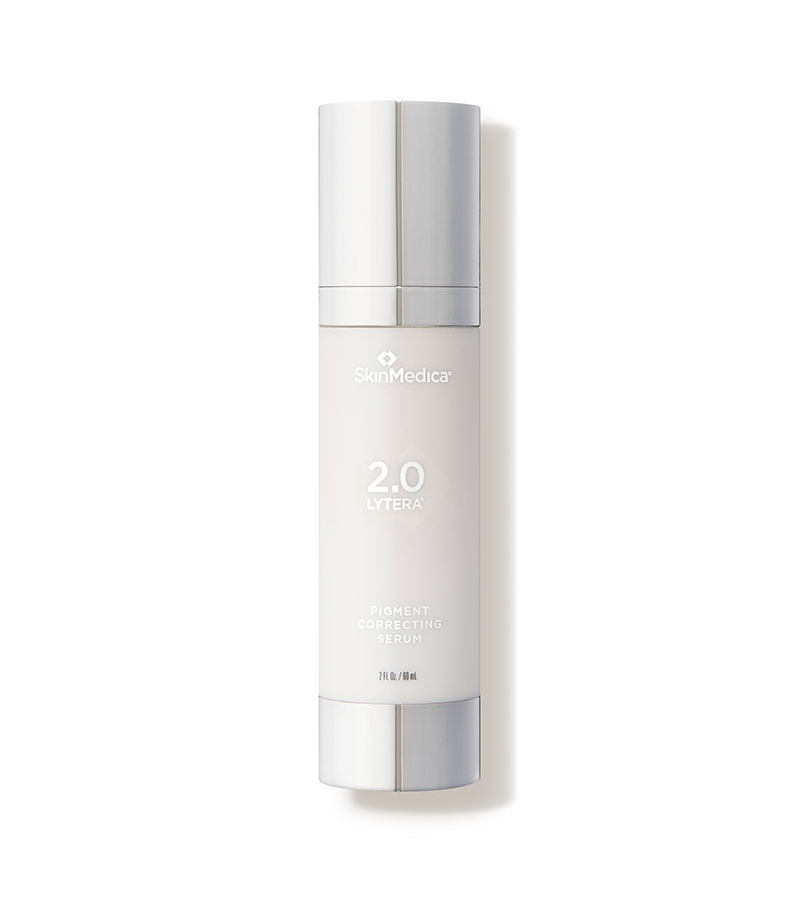
"It contains tranexamic acid, niacinamide, and resorcinol to decrease unwanted pigmentation and even out skin tone," Gmyrek says. "It's easy to use and feels light, but it is hydrating with glycerin and gently exfoliating with phytic acid."
Masks
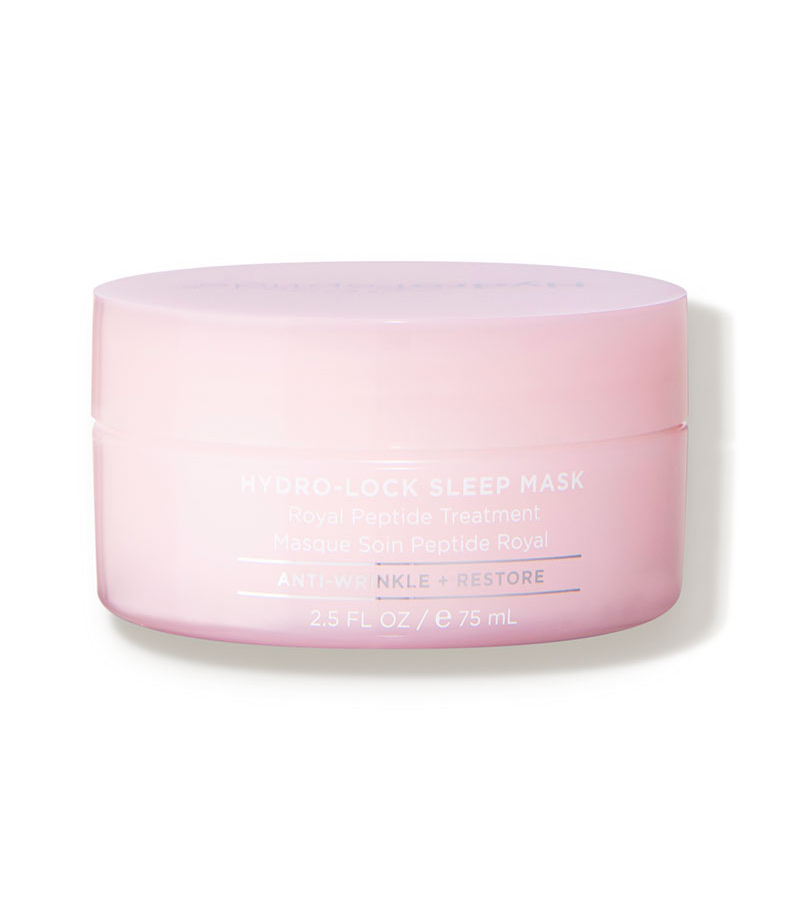
Imahiyerobo-Ip likes this mask, which is infused with a patented "smart" water, peptides, and licorice root to promote water retention, hydrate, nourish, and brighten the skin. Apply it before bed and rinse it off in the morning.
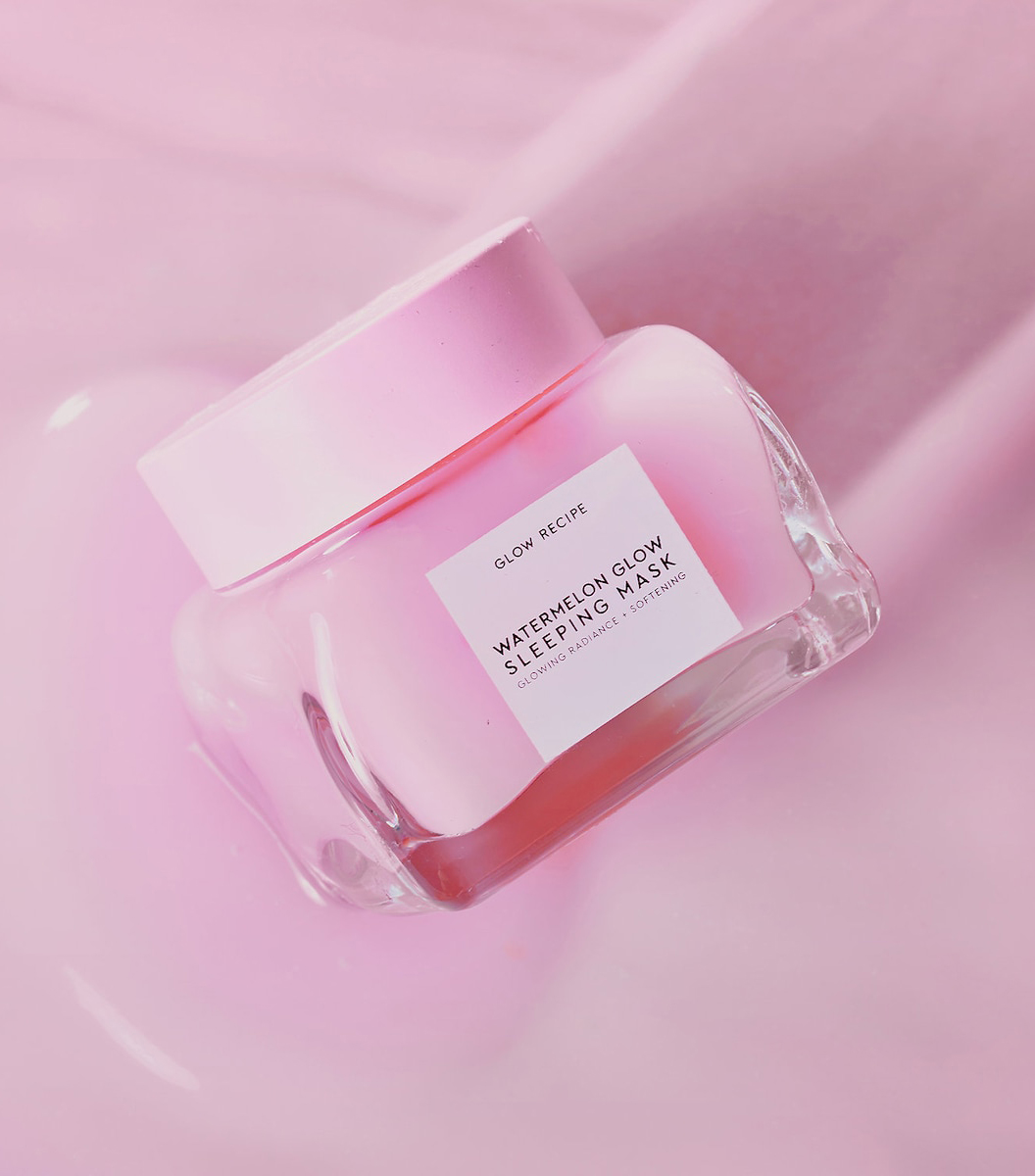
"My favorite part about this product is the fun smell, but it also delivers lightweight hydration and gentle exfoliation overnight," Love says.
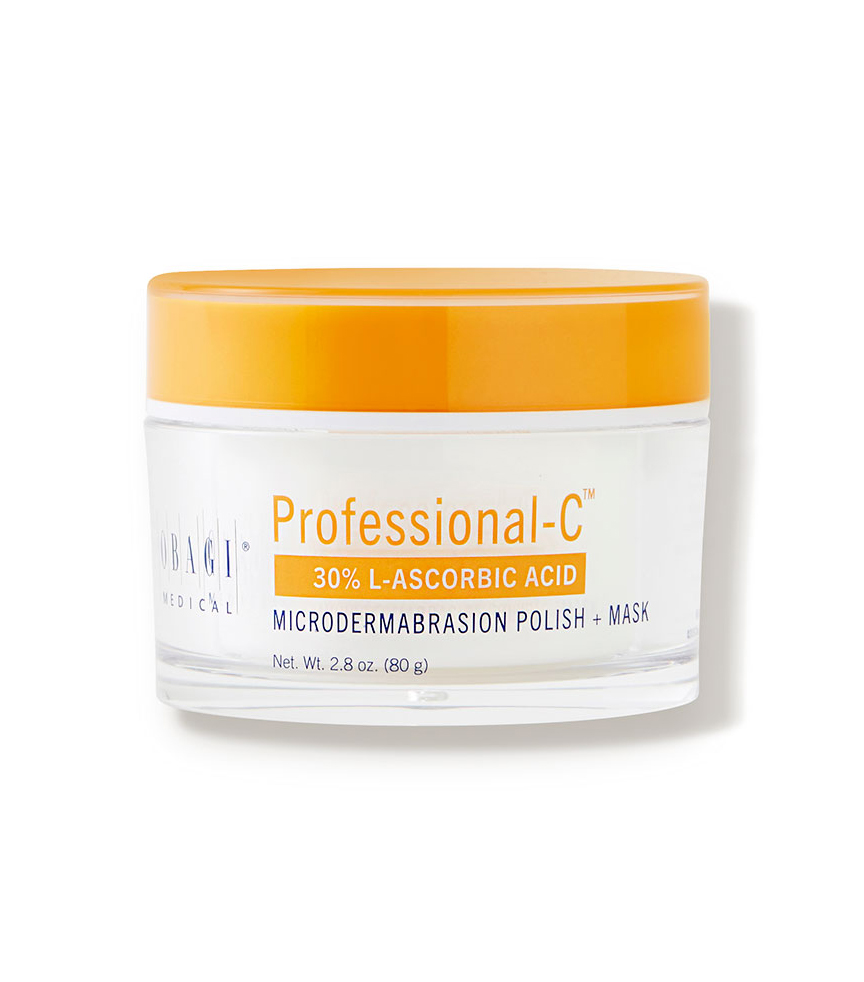
Gmyrek recommends using this mask one to three times per week. It contains 30% L-ascorbic acid (vitamin C) and ultrafine crystals to both chemically and mechanically exfoliate.
Next up: I Always Get Compliments on My Skin Texture—12 Products I Swear By
Sarah is lifestyle writer and editor with over 10 years of experience covering health and wellness, interior design, food, beauty, and tech. Born and raised in Los Angeles, she attended New York University and lived in New York for 12 years before returning to L.A. in 2019. In addition to her work at Who What Wear, she held editor roles at Apartment Therapy, Real Simple, House Beautiful, Elle Decor, and The Bump (sister site of The Knot). She has a passion for health and wellness, but she especially loves writing about mental health. Her self-care routine consists of five things: a good workout, “me” time on the regular, an intriguing book/podcast/playlist to unwind after a long day, naps, and decorating her home.
